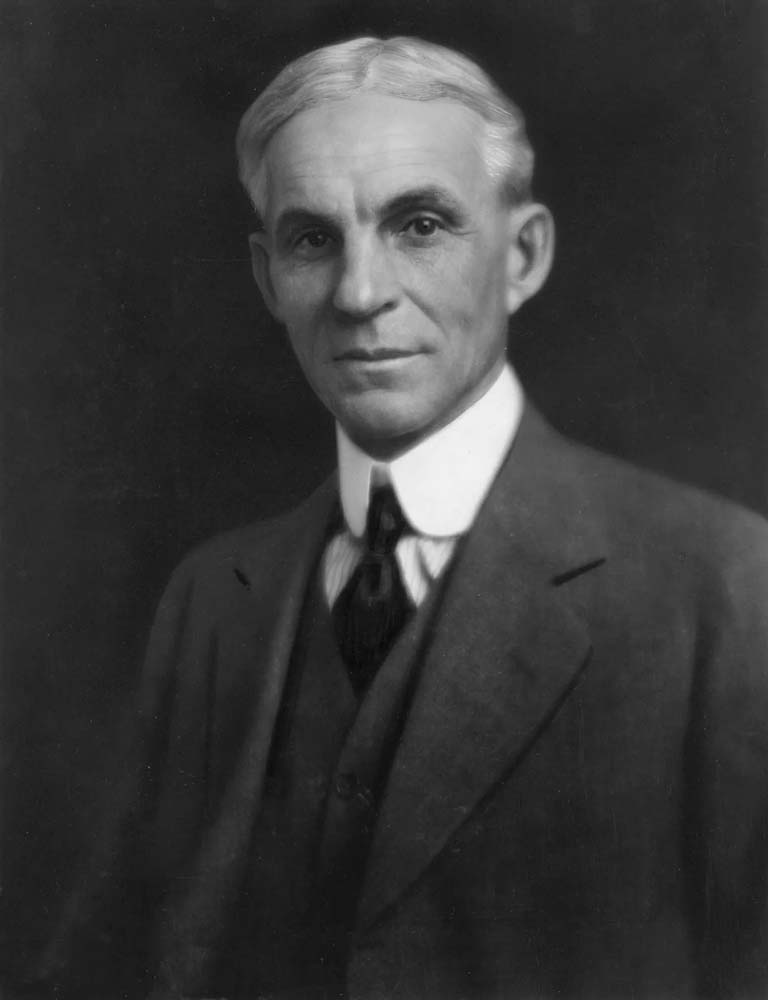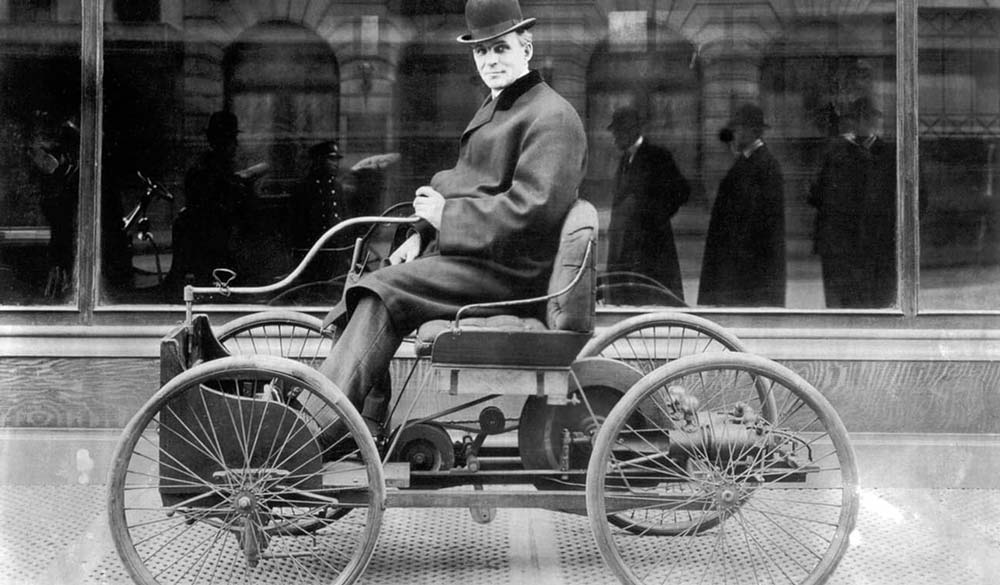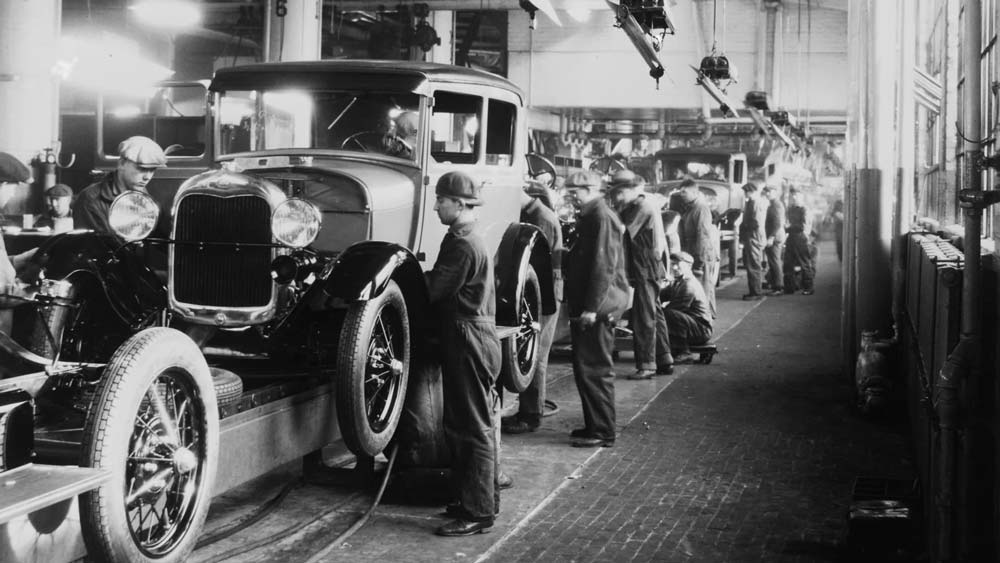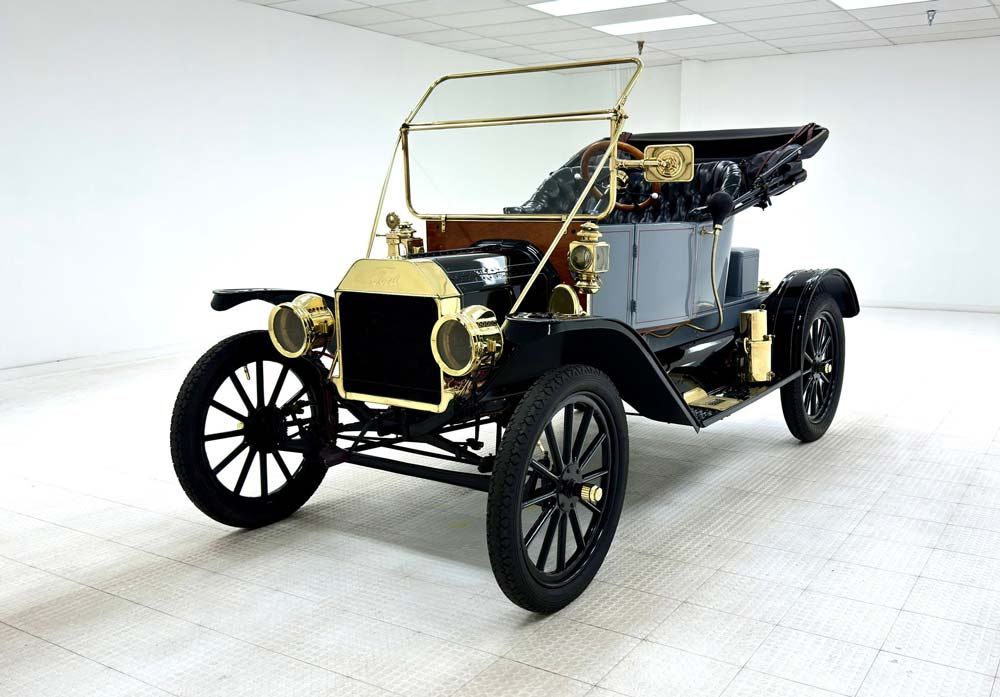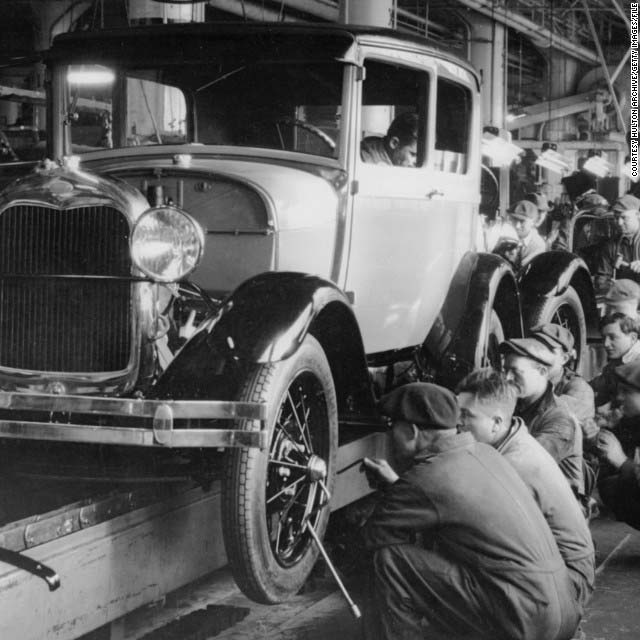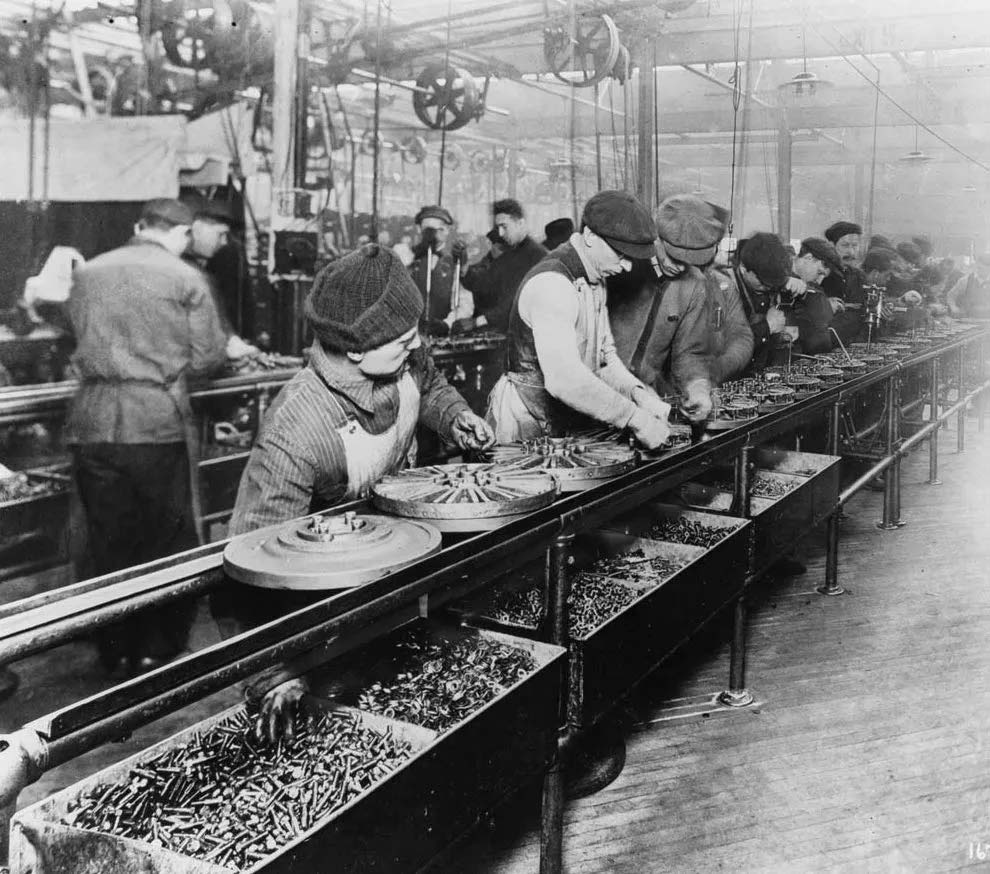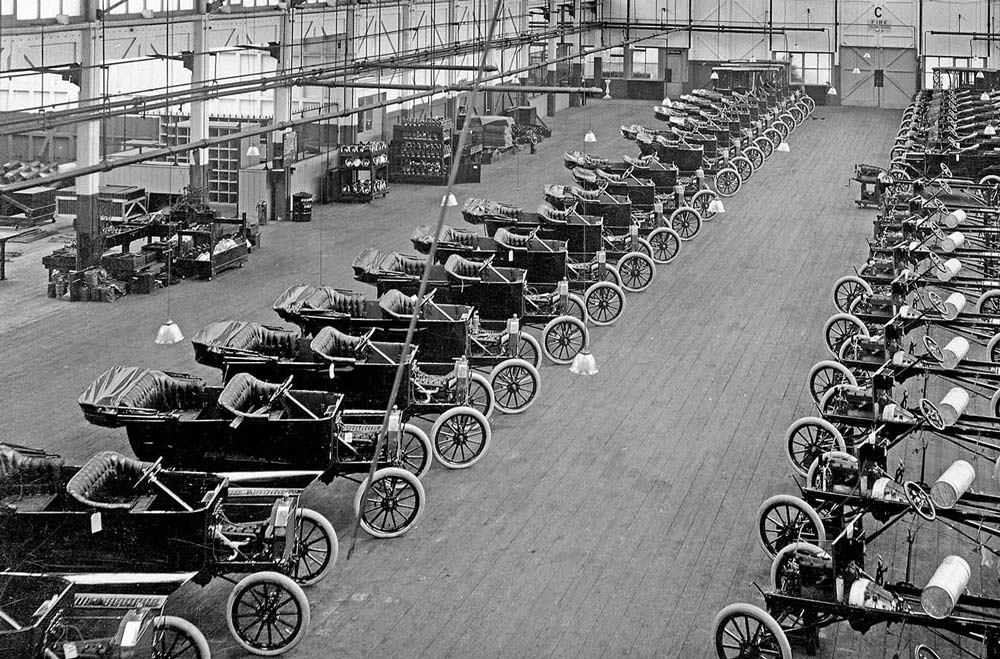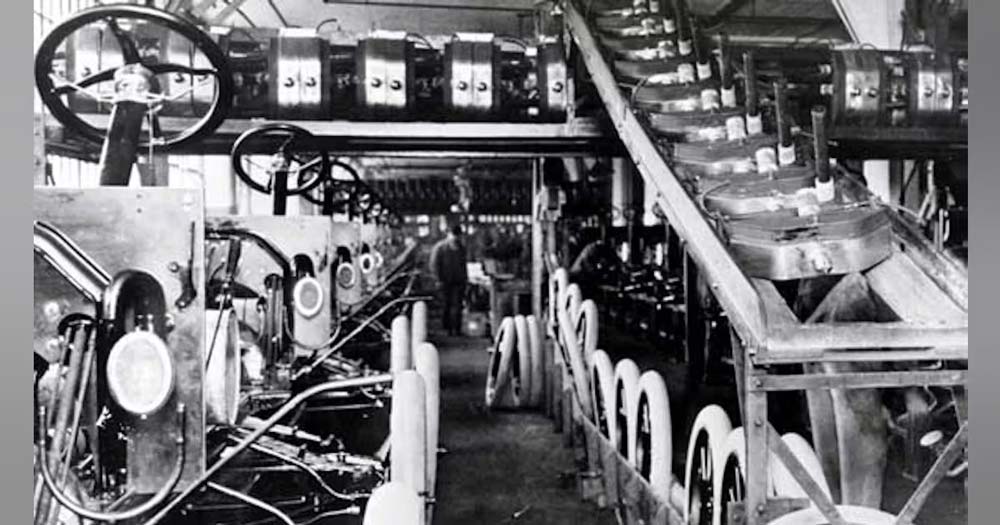Henry Ford’s Innovation in Assembly Lines Changed the World

Introduction: The Man Who Revolutionized Manufacturing
When we think of Henry Ford, we often think of the automobile—his name is forever linked with the Model T. But Ford’s most significant contribution to the world wasn’t just in the realm of car design; it was in the way he redefined how products are made. Through his groundbreaking work with the assembly line, Henry Ford revolutionized manufacturing, making it faster, more efficient, and more accessible. His innovations didn’t just change the automobile industry—they changed the world. In this blog post, we will explore how Ford’s assembly line transformed manufacturing processes across industries, leading to profound economic and societal shifts that continue to influence the way we produce goods today.
Henry Ford’s Early Life and Entry into the Automobile Industry
Henry Ford was born in 1863 on a farm in Michigan. From a young age, Ford was fascinated by machinery and mechanical devices. His curiosity led him to become an apprentice machinist, and by 1896, he had built his first automobile, the Quadricycle. Ford’s passion for innovation was evident, but his true breakthrough came in 1903, when he founded the Ford Motor Company.
Ford’s goal wasn’t just to build cars; it was to make cars affordable for the average American. Before Ford’s innovations, automobiles were luxury items only accessible to the wealthy. However, Ford envisioned a car that could be mass-produced and sold to a wider market. This dream would eventually lead to the development of the Model T, the car that would forever change the transportation landscape.
The Birth of the Assembly Line: A Breakthrough in Efficiency
In 1913, Ford introduced one of the most groundbreaking innovations in manufacturing history: the moving assembly line. Prior to this, car production was slow and inefficient, with skilled workers assembling each vehicle by hand. Ford’s innovation streamlined the process by breaking down the tasks into smaller, repetitive steps. Instead of workers moving around the car, the car itself moved along a conveyor belt, with each worker responsible for a specific task at a designated station.
This system drastically reduced the time it took to build a car. In fact, the production time for a single Model T dropped from 12 hours to just 93 minutes. This leap in efficiency allowed Ford to produce cars at a scale never before seen, while also significantly reducing costs. The moving assembly line allowed Ford to offer the Model T at a price that was accessible to middle-class families, forever altering the dynamics of automobile ownership.
The Impact of Ford’s Assembly Line on Automobile Production
Ford’s assembly line did more than just make the Model T affordable; it fundamentally changed how automobiles were produced. Before Ford, car manufacturers used small-scale, custom-built methods to produce cars. Each car was an individual project, requiring skilled craftsmen to build it by hand.
The assembly line changed all of that by making mass production a viable option for the automobile industry. By breaking down the process into smaller, standardized tasks, Ford was able to produce cars in large quantities at a much faster rate. This made it possible for him to sell cars at a much lower price point, making them accessible to a wider audience. The success of Ford’s assembly line inspired other automakers, leading to the mass production of cars around the world.
In addition to improving efficiency, the assembly line also led to a transformation in the labor market. The need for skilled workers decreased, as unskilled laborers could be trained to perform specific tasks on the assembly line. This made it easier for Ford to scale production, while also offering higher wages to workers—an unprecedented move at the time.
Beyond Automobiles: The Ripple Effect of Ford’s Innovation
While Ford’s assembly line is most famous for its role in automobile production, its influence extended far beyond the car industry. Ford’s mass production techniques were quickly adopted by other industries, including the production of household goods, appliances, and consumer electronics.
The assembly line model also had a profound impact on the development of other forms of transportation. The production methods pioneered by Ford were adapted for the manufacturing of airplanes, ships, and trains, making the production of these vehicles more efficient and accessible. Industries across the globe began to adopt Ford’s principles of standardization and mass production, leading to an era of increased productivity and consumer goods availability.
Ford’s innovations also had social and economic ramifications. The rise of mass production led to the expansion of the middle class, as more people could afford goods that were previously out of their reach. This shift in purchasing power played a key role in the development of consumer economies, setting the stage for the economic boom that followed in the mid-20th century.
The Global Impact: How Ford’s Assembly Line Transformed Industries
Ford’s innovations didn’t just change manufacturing in the United States—they had a global impact. As the Ford Motor Company expanded internationally, the assembly line method spread across the world, changing the way products were made in countries around the globe.
The assembly line became the backbone of industrial production in many sectors, from textiles to electronics to food production. It was adopted in Europe, Asia, and Latin America, where it spurred industrial growth and helped countries modernize their economies. Ford’s approach to mass production became a model for industrialization, enabling nations to produce goods on an unprecedented scale.
In many ways, Ford’s assembly line helped lay the groundwork for the modern global economy. By making production more efficient and affordable, Ford allowed industries to produce a wide range of products at lower prices, benefiting consumers and economies worldwide.
The Legacy of Henry Ford’s Innovation
Henry Ford’s legacy as an innovator is still felt today. The assembly line is a central part of modern manufacturing, from car factories to tech companies. Ford’s focus on efficiency, mass production, and cost reduction has influenced manufacturing practices for over a century, shaping industries ranging from electronics to food to pharmaceuticals.
Ford’s innovations also had a lasting impact on labor. By creating a more efficient and standardized production process, Ford was able to offer his workers better wages and benefits, setting a new standard for labor relations in industrial settings. His commitment to paying workers a living wage was revolutionary for its time and helped define the role of the working class in the modern economy.
Additionally, Ford’s approach to mass production has shaped the consumer culture we know today. The ability to produce goods in large quantities at affordable prices helped foster a consumer-driven economy, where mass-produced products became a staple of everyday life.
Conclusion: Ford’s Lasting Influence on Modern Manufacturing
Henry Ford’s innovation in assembly lines didn’t just change the way automobiles were made—it changed the world. By introducing the moving assembly line, Ford revolutionized manufacturing, making it more efficient, more affordable, and accessible to a wider range of consumers. His principles of mass production and standardization became the foundation for industries around the world, helping to shape the modern global economy. Ford’s legacy is still evident today, as his ideas continue to influence the way we produce goods and the way we live.
In every factory and assembly line across the globe, Ford’s influence is still present. His vision of mass production, efficiency, and accessibility has shaped the modern world in ways that are still unfolding, ensuring that his impact on manufacturing and society will be felt for generations to come.
References
- Ford, H. (1922) My Life and Work. Garden City, NY: Doubleday, Page & Co.
- Shere, J. (2002) Henry Ford: A Biography. New York: Macmillan.
- Dawson, F. (1998) The Impact of the Assembly Line on Industrialization. Journal of Industrial History, 16(4), 304-315.
- Griffin, A. (2010) The Legacy of Ford’s Assembly Line: Revolutionizing Mass Production. Industrial Studies Quarterly, 22(1), 45-62.

Introduction: The Birth of Blue Jeans In 1873, a revolutionary piece of clothing was born that would go on to…

Introduction The world of motorcycle design is undergoing a revolutionary transformation. As the global demand for sustainable transportation options grows,…
